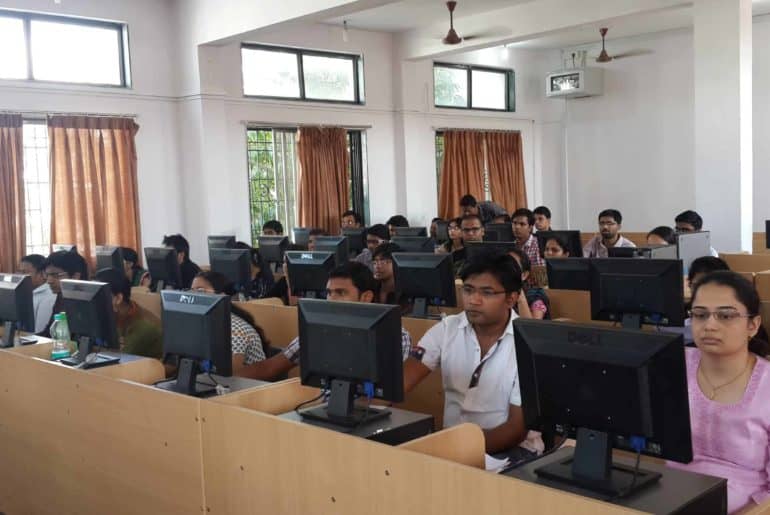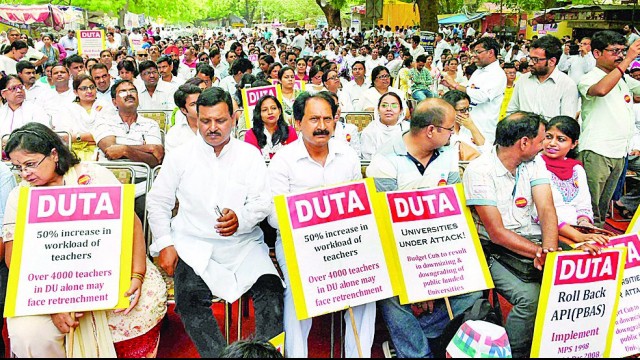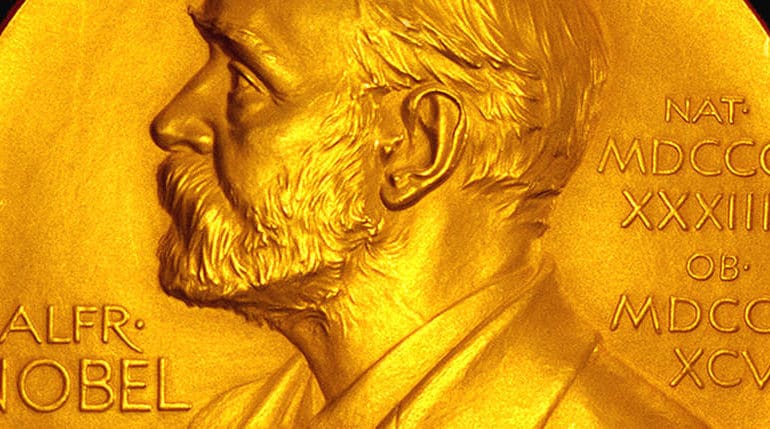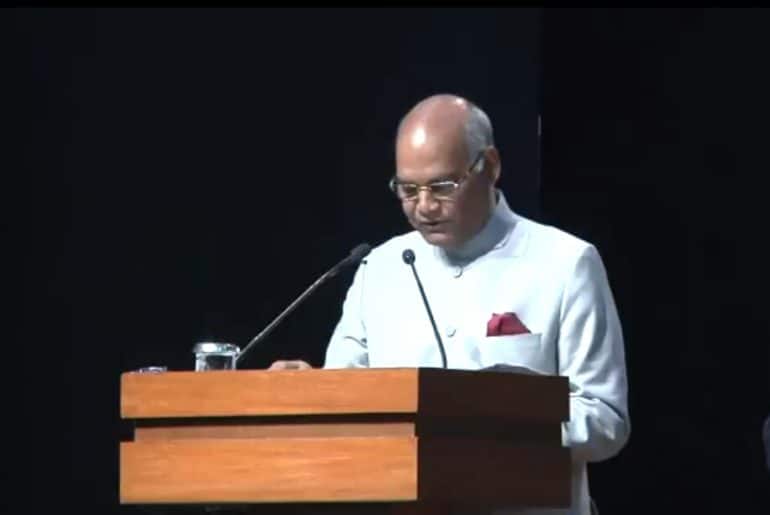The announcement of delayed results has indefinitely spread waves of shock among students across the university. DU Beat has reached out to DU officials to confirm the veracity of all claims.
In a startling revelation, the officials of University of Delhi (DU) have confirmed that results for the semester-end examinations conducted over the months of November-December 2017 will be postponed by at least a month, thereby delaying the process indefinitely. It has been classified as a means of retaliation against Delhi Government’s inordinate delay in the release of funds to pay salaries to DU’s teaching staff. Last month, the Delhi University Teachers’ Association President and Secretary had written to Manish Sisodia, the Deputy Chief Minister of Delhi to appeal to release funds for the 28 DU colleges that are either partially or fully funded by it. This contentious issue stems from the delay by DU in the formation of a governing body for these 28 colleges.
The Dean of University Examinations confirmed the news, as released by sources. In a press statement released by him, he explained the gravitas of the situation and contended that the issue has extended for far too long to be controlled by them anymore. Teachers have unanimously decided to not check any university papers unless they receive an official update by the Delhi Government regarding the release of funds. Rashmi Gurzhou, a teacher at one of DU’s colleges, said “Our positions have been undermined and our personal lives are jeopardised due to the lack of salaries to cover daily expenses”. Despite their seemingly obvious disconnect with the formation of a Governing Body, most teachers have to bear the brunt of the University’s nonchalant behavior.
However, political pundits have accused the university officials of concealing the actual, inconspicuous reasons behind this delay by putting DUTA’s strike into the limelight, and henceforth not taking any action to curb it. One popular theory is that teachers are thoroughly disappointed with the quality of answer scripts. A few teachers, who had begun with the process of correction before DUTA called for a strike to protest, were apparently shocked by the level of degradation of answer quality even among those students who hail from reputable colleges. As an instinctive response, they disbanded from the process and shrunk from this responsibility, letting go of the opportunity to earn a few extra bucks. Some conspiracy theorists have gone a step further to theoritise the possibility of a fire in the vicinity of checking hall, which burnt the answer scripts.
Niharika Dabral, a student at DU was ecstatic when this news was announced, and said, “I’m a hundred percent sure that the DU authorities are trying to cover a goof-up. Either way, I’m happy.” Many others, unfortunately, do not share the same perspective. After writing several times to the VC’s office, a few student groups are preparing to approach the Delhi High Court now.
**Disclaimer: Bazinga is our weekly column of almost believable fake news. It is a humorous, light hearted column that should only be appreciated and not accepted.
Feature Image Credits: EduPristine
Vijeata Balani
[email protected]









